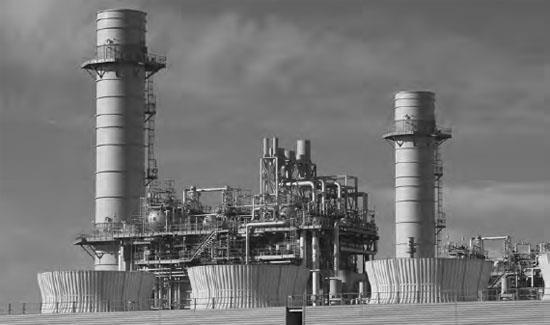Thermal PhysicsThermodynamics |
What is the second law of thermodynamics? |
In the early 1800s many scientists and engineers worked to improve the efficiency of steam engines. The French military engineer and physicist Sadi Carnot (1796–1832) tried to answer two questions: Is there any limit to the amount of work available from a heat source, and can you increase the efficiency by replacing steam with another fluid or gas? Carnot wrote a book in 1824 called Reflections on the Motive Power of Fire that was aimed at a popular audience, using a minimum of mathematics.
The most important part of the book was the presentation of an idealized engine. This engine could be used to understand the ideas that can be applied to all heat engines. A heat engine is a device that converts heat into work in a cyclical process. That is, the engine periodically returns to its starting point. A steam engine, gasoline or diesel power automobile engine are all heat engines where the pistons return to their starting positions. A rocket is not a cyclic heat engine. A diagram of Carnot’s simplified model allowed him to give answers to his two questions. He found that the efficiency, that is, the work output divided by the heat input, depended only on the temperatures at which heat enters and leaves the system, or efficiency = (Thot – Tcold)/Thot. It doesn’t depend on the fluid or gas used in the engine. Real engines would have lower efficiencies, but no engine could have a higher efficiency.
A simplified version of the Second Law according to Carnot is that it is impossible to convert heat completely into work in a cyclic heat engine; there is always some heat output. Note that the First Law would allow a heat engine to have no heat output, the heat input would equal the work done. The Second Law can be shown in the diagram below where the input heat is taken from a “reservoir” that maintains a constant high temperature and the output goes to a second reservoir at a constant low temperature. For example, a steam turbine gets its heat from high temperature steam and puts its output heat into a much colder lake or river.
Carnot’s model engine is reversible. That is, it can be run backwards, which is impossible for a real engine. Thus all real engines are less efficient than the ideal one. Friction also lowers the efficiency of real engines.
The Second Law, according to Carnot, means that there is no such thing as a perpetual motion machine. Although such a machine could obey the law of conservation of energy, the heat it puts out means that the machine would eventually stop.
Carnot died in a cholera epidemic at age 36. Because people were concerned with the transmission of this deadly disease, all his papers and books were buried with him after his death. Thus only a few of his works have survived.
Despite the limitations of Carnot’s model, his work inspired Rudolf Diesel (1858–1913) to design the engine named after him to achieve higher efficiencies than steam engines. So, Carnot’s book was important to the design of practical engines.
A second version of the Second Law can be stated as “Heat doesn’t flow from cold to hot without work input.” For example, a refrigerator removes heat from the food at a low temperature and outputs heat from the coils in the bottom or back of the refrigerator. It will not move the heat from cold to hot, however, without a motor doing work on the circulating gas.

